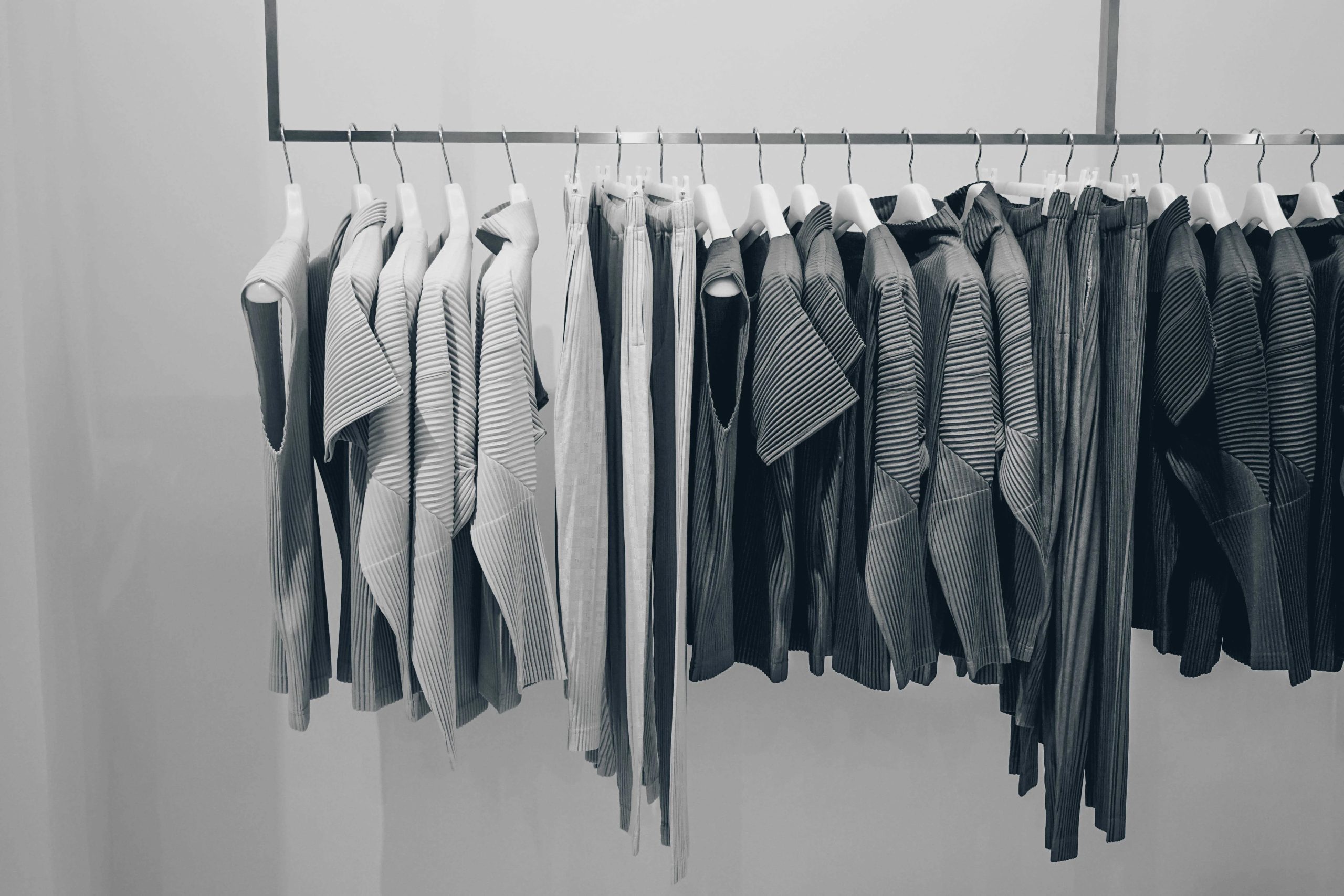

Why Online E-tailers Investigate Brick-and-Mortar Opportunity with Pop-Up Shop Foot Traffic Data
Every day it seems like yet another pure-play e-commerce brand announces it’s planning a pop-up shop, a temporary, limited-time store that’s either a standalone or located within an existing retailer. Given the lower costs of operating online only, why are e-tailers so interested in exploring brick-and-mortar opportunities, which come with expensive leases and other substantial operational costs?
A Real-Life Laboratory
Pop-up shops are attractive because they’re the ultimate real-life laboratory. In the past, if a brand wanted to open a store, they would do some due diligence, such as investigating area demographics and identifying similar or complementary businesses nearby, to come up with an educated guess as to the “best location” for a new location.
Pop-up shops allow brands and retailers to experiment with new locations and glean real-time, real-world data and insights prior to committing to a lengthy (and costly) lease. Using traffic counters at pop-up shops to analyze footfall and to see if the location is attracting a desirable level of consumer interest is a strategic way to quantify the success of the location. If it’s not performing as expected based on the traffic data, it’s easy for the brand or retailer to pivot and perhaps try a new location or tweak the shop layout to entice more visitors.
People counters also can help identify reasons why shoppers aren’t converting at expected rates. Are consumers stopping by the pop-up simply out of curiosity? Or maybe you’re not showcasing the right assortment of products. Regardless, people counters installed in pop-up shops provide the raw data needed to understand what’s working and what’s not in your temporary store.
Connecting With Consumers
There’s another important reason why so many e-commerce brands are interested in exploring pop-up shops. While online shopping wins for convenience and usually price, nothing beats brick-and-mortar as the best channel for establishing intimate customer relationships. Shoppers still like to hold products, try on garments or smell the scent of a candle prior to purchase, especially when it’s an unfamiliar brand.
To make the most of the pop-up shop experience, brands and retailers should invest in training their sales associates. Putting your brand in front of consumers for the first time is an invaluable opportunity — one you can’t afford to squander. Passionate, motivated shop employees persuade shoppers to buy and not just browse.
For example, Eloquii, an online-only plus-size women’s fashion brand, turned its D.C. area pop-up into a permanent store at The Fashion Centre at Pentagon City in June after an enthusiastic customer response to its original three-month pop-up run. The company staffed the shop with some of its most engaged customers from the area who were eager to be more closely involved with the brand, which translated into a great store experience for shoppers who visited the location.
Consider the halo effect that can come with a pop-up, too. Customers may snap photos in your shop and share them on social media, helping to spread the word about your temporary location and increase brand awareness. How’s that for free marketing?
Pop-up shops are an important tool for e-tailers looking to expand into brick-and-mortar. Coupled with people counters, pop-ups can provide the necessary data to determine if a permanent store is right for your brand.